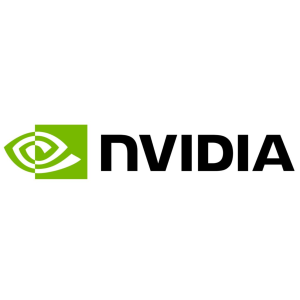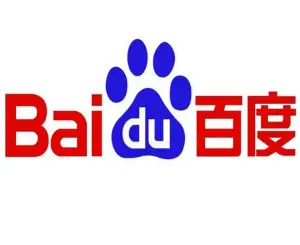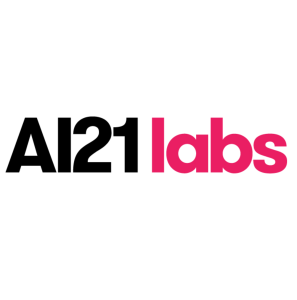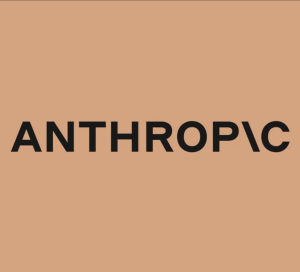GPT-4
GPT-4 is a language model created by OpenAI that belongs to the transformer class. It is the fourth model in its GPT series and was made publicly available on March 14, 2023. However, its commercial API is available only via a waitlist. The model has been trained on public as well as third-party data, using pre-training processes to predict the next token. GPT-4 has been further fine-tuned with reinforcement learning from feedback generated by humans and AI, for better alignment with human standards and policy compliance.
Microsoft has revealed that Bing has been using GPT-4 before its official release. OpenAI claims that GPT-4 is more reliable, creative and can handle much more nuanced instructions as compared to its predecessor GPT-3.5. The organization has produced two versions of GPT-4 with context windows of 8192 and 32768 tokens respectively. GPT-4 has the unique ability to process images and text as input, making it capable of describing humor in images, summarizing screen-shotted text and answering exam questions that have diagrams. Despite these advancements, GPT-4, like its predecessors, still shows tendencies to provide answers that are not entirely accurate.
Features:
-
Visual Model: Most anticipated aspect of multimodal gpt-4 is the ability to process visual input, in other word images and videos.
ChatGPT Plus: GPT-4 can be accessed by ChatGPT Plus users.
PlaygroundAI: Playground can be used to fine tune gpt-4 and play with its parameters.
GPT-4 API: Luckily OpenAI provides API endpoint access for gpt-4 which gives AI developers many opportunities to build on the model.
Fune Tuning / Tips:
- Max tokens: Defines maximum token amount for input, now up to 32K.
- temperature: Can be used to adjust focus of the model to more creative or more focused.
- n: Can be used to run the model n multiple times on the same prompt.
- stop: Can be used to make the AI model stop generating response when certain token is encountered.
- top_p: Parameter to adjust nucleus sampling of the AI model.
GPT-4 Pros:
- Unseen accuracy of responses
- Improved AI responsibility for disallowed and insensitive prompts
- Higher maximum prompt size, default 8K tokens up to 32K
- Multimodal Large Language Model
- Capability of processing visual input
- GPT-4 is more advanced in creativity, allowing it to generate more imaginative and innovative responses
- It can analyze more complex and nuanced language
GPT-4 Cons:
- Trained with 2021 data similar to ChatGPT with gpt-3.5-turbo
- More expensive than gpt-3.5-turbo
- GPT4 is slower than GPT-3.5-turbo, which can hinder certain use cases
- The model can be prone to hallucinations, Generating factually incorrect or nonsensical outputs
- No references to support its claims
- Still not very good at reasoning
GPT-4 Price:
App pricing information for GPT-4 is as below:
Price: $20 through ChatGPT Plus, API Prices are as following.
8K model: $0.03/1k prompt tokens, $0.06/1k sampled tokens.
32K model: $0.06/1k prompt tokens, $0.12/1k sampled tokens
Testimonials:
GPT-4 is absolutely amazing!
- Entrepreneur
GPT-4 will make you superhuman.
- App Developer





